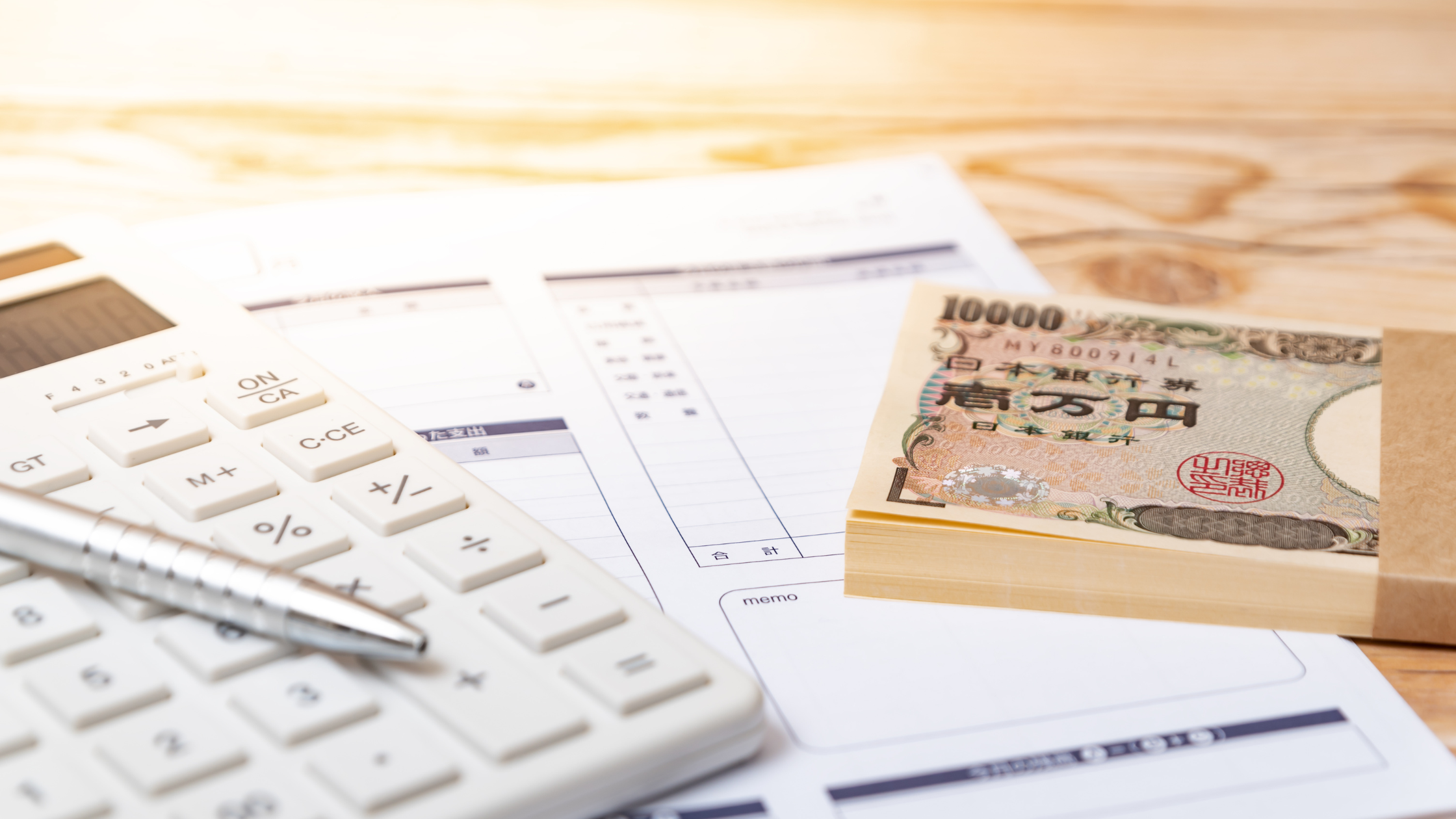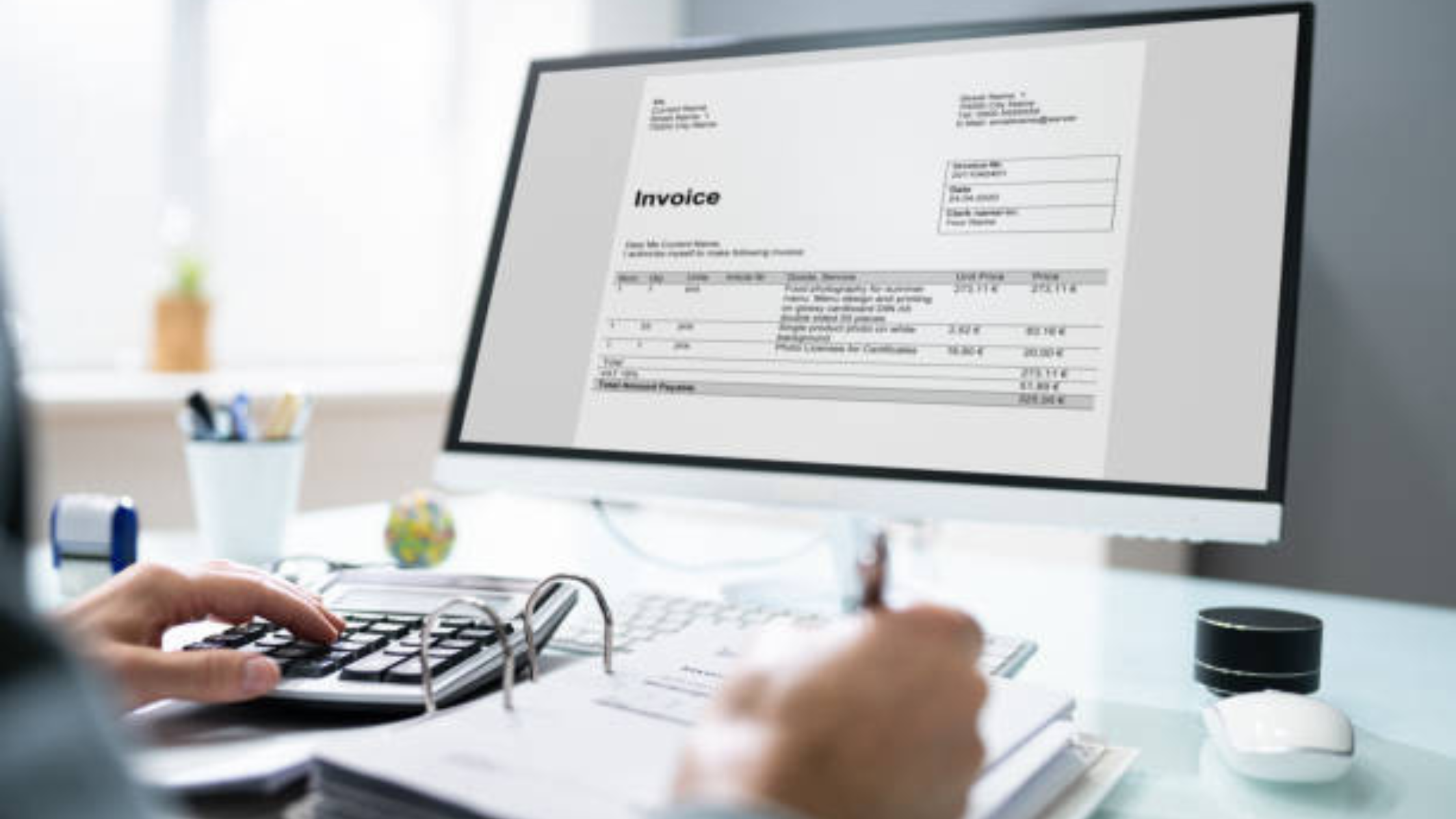How Rent Receipts Can Simplify Your Rental Management

Managing rental properties can be a daunting task, but with the help of rent receipts, the process becomes significantly simpler. Rent receipts serve as crucial documentation between landlords and tenants, providing a clear record of rent payments made. They not only help in tracking payment history but also serve as proof of income for tenants and landlords alike. By documenting each rent payment, both parties can avoid disputes and ensure transparency in financial transactions. Moreover, rent receipts can be essential for tax purposes, allowing landlords to accurately report rental income and expenses. In this fast-paced digital age, electronic rent receipts offer convenience and efficiency, streamlining the rental management process further. Overall, incorporating rent receipts into your rental management practices can enhance organization, build trust between landlords and tenants, and simplify the overall rental experience for all parties involved.
The Importance of Rent Receipts
The utilization of rent receipts is not just a best practice but a crucial element in fostering positive landlord-tenant relationships and ensuring financial transparency. Rent receipts offer a myriad of benefits to both landlords and tenants, making them an essential tool in the rental process.
Concrete Evidence of Payment
First and foremost, rent receipts serve as concrete evidence of payment, providing clarity and avoiding misunderstandings between parties. In a digital age where transactions can easily be forgotten or disputed, having a written record of rent payments safeguards both landlords and tenants. This documentation becomes particularly vital in cases of late payments, missed payments, or discrepancies in rental amounts.
Financial Management
Moreover, beyond serving as proof of payment, rent receipts play a significant role in financial management. Landlords can accurately track rental income, identify patterns in payment behavior, and maintain organized financial records. Tenants, on the other hand, benefit from having a documented history of their rental payments, which can be useful for budgeting and financial planning.
Legal Protection
Additionally, rent receipts offer legal protection by documenting the terms of the rental agreement. In the unfortunate event of a dispute or legal issue, these receipts can serve as crucial evidence to support the claims of either party. They can help resolve conflicts related to rent increases, security deposit deductions, or lease violations, providing a clear trail of payment history.
Tax Compliance
From a tax perspective, rent receipts are indispensable for landlords to report rental income accurately and comply with tax regulations. Tenants may also find value in retaining rent receipts as they can be used to claim deductions or credits related to rental expenses on their tax returns.
Building Positive Rental History
Furthermore, rent receipts can also act as a record of the condition of the rental property at the time of payment. Landlords can include details about any maintenance or repair issues, ensuring transparency and protecting both parties in case of disagreements regarding property conditions.
Enhancing Tenant Profile
Another advantage of rent receipts is their role in building a positive rental history for tenants. Consistent documentation of timely payments can enhance a tenant's rental profile, potentially aiding in securing future rental opportunities or negotiating favorable lease terms.
Promoting Financial Responsibility
Moreover, the use of rent receipts encourages responsible financial behavior among tenants by promoting timely payments and financial accountability. It serves as a reminder of the financial commitment associated with renting and encourages tenants to stay on top of their rental obligations.
Conclusion
Overall, rent receipts not only facilitate financial tracking and legal protection but also contribute to fostering positive relationships, promoting financial responsibility, and enhancing the overall rental experience for both landlords and tenants.
Components of a Rent Receipt
Date and Amount Paid
When creating a rent receipt, it is essential to include the date of payment and the specific amount paid by the tenant. This information helps both the tenant and the landlord keep track of the payment history. Including the payment method, such as cash, check, or online transfer, provides further clarity on the transaction.
Renter and Landlord Information
The rent receipt should clearly state the names of both the renter and the landlord. Including their full names and contact information can help avoid any confusion or disputes in the future. Additionally, it is beneficial to include the lease start and end dates, as well as the terms of the rental agreement to provide a comprehensive overview of the tenancy.
Property Details
It is important to include details about the rented property in the rent receipt. This typically includes the address of the rental property, the unit or room number, and any other relevant information that can identify the specific rental unit. Moreover, describing the condition of the property at the time of receipt, along with any included amenities or services, can help prevent misunderstandings regarding the rental space.
Record Keeping
Apart from serving as proof of payment, a rent receipt is also essential for record-keeping purposes. Landlords can use rent receipts to track rental income and monitor rent payment patterns over time. Tenants can benefit from keeping a copy of rent receipts for personal financial management and potential tax purposes.
Legal Compliance
In some jurisdictions, landlords are required by law to provide rent receipts to tenants upon request. Ensuring that the rent receipt contains all the necessary information, including landlord identification, payment details, and property specifics, can help landlords comply with legal requirements and maintain a transparent landlord-tenant relationship.
Receipt Format
A well-structured rent receipt typically includes a header with the word 'Receipt' or 'Payment Received' for easy identification. The date should be prominently displayed, followed by a clear breakdown of the payment components, such as rent amount, security deposit, or any additional fees. Including a section for late fees or penalties, if applicable, can also be beneficial to outline the consequences of delayed payments.
Digital Receipts
With the advancement of technology, many landlords and tenants opt for digital rent receipts. Electronic receipts offer convenience, reduce paper clutter, and provide an easily accessible digital record of payments. Utilizing online platforms or rent management software can streamline the receipt generation process and facilitate efficient record-keeping for both parties.
Receipt Acknowledgement
To ensure mutual understanding and agreement, it is advisable for both the landlord and tenant to acknowledge the receipt of payment. This acknowledgment can be in the form of a signature, initials, or an electronic confirmation, depending on the receipt format. By confirming the payment receipt, both parties acknowledge the transaction's completion and demonstrate a commitment to financial transparency.
Conclusion
A comprehensive rent receipt encompasses vital information related to the payment transaction, tenant and landlord details, property specifics, and legal compliance requirements. By maintaining accurate and detailed rent receipts, both landlords and tenants can establish a transparent rental relationship, track financial records efficiently, and adhere to legal obligations. Whether in traditional paper form or digital format, rent receipts play a crucial role in documenting rental transactions and fostering trust between parties.
How to Create Effective Rent Receipts
Digital vs. Paper Receipts: Making the Right Choice
Exploring the Pros and Cons.
When it comes to documenting rental payments, landlords and tenants have the option of either going digital or sticking to traditional paper receipts. This section delves into the advantages and disadvantages of both methods, emphasizing the importance of selecting the most suitable format based on convenience, reliability, and ease of record-keeping.
Templates and Tools: Simplifying Receipt Management
Discovering Efficient Solutions.
In this segment, we delve into the world of templates and tools designed to streamline the rent receipt creation process. From ready-to-use templates to specialized software and apps, we highlight popular options that can significantly simplify the generation of professional and organized rent receipts for both landlords and tenants.
Customization for Specific Needs: Tailoring Receipts for Clarity
Ensuring Compliance and Transparency.
Customizing rent receipts to align with specific requirements is crucial for ensuring clarity, compliance, and effective record-keeping. This section explores the essential elements that can be personalized, such as property details, payment methods, terms, and any additional clauses, to create comprehensive receipts that reflect the unique needs of each rental agreement.
Moreover, we discuss the importance of including relevant information, such as the property address, rental period, late payment policies, and any specific terms agreed upon by the landlord and tenant. By tailoring receipts to accommodate individual preferences and legal obligations, both parties can maintain clear communication and documentation throughout the tenancy.
When transitioning from paper to digital receipts, considerations such as data security, accessibility, and environmental impact play a significant role in decision-making. While digital receipts offer the advantage of easy storage, retrieval, and automated organization, paper receipts may appeal to individuals preferring tangible records or facing technological barriers.
For landlords seeking efficiency in rent receipt management, utilizing online platforms and accounting software can streamline the process, providing features like automated reminders, payment tracking, and report generation. Tenants also benefit from digital receipts through instant delivery, easy access for record-keeping, and reduced clutter.
Personalizing receipts can extend beyond basic details to include branding elements, payment acknowledgments, and even personalized messages, enhancing professionalism and fostering a positive landlord-tenant relationship. By incorporating design elements, color schemes, or logos, landlords can create visually appealing receipts that leave a lasting impression on tenants.
The shift towards digital receipt systems offers numerous advantages in terms of efficiency, organization, and accessibility. However, the choice between digital and paper receipts ultimately depends on individual preferences, technological comfort, and the specific needs of each rental arrangement. By leveraging templates, tools, and customization options, landlords and tenants can optimize the receipt creation process, promote transparency, and establish a solid foundation for successful rental transactions.
Best Practices for Managing Rent Receipts
Organizing Receipts Efficiently
Proper organization of rent receipts is crucial for both landlords and tenants. By categorizing receipts based on months, properties, and tenants, it becomes easier to track payments and resolve any disputes that may arise. Consider using digital tools like spreadsheets or specialized software to streamline this process further.
Regular Documentation and Record-Keeping
Consistency is key when it comes to documenting rent receipts. Make it a habit to collect and file receipts promptly to avoid missing or misplaced documents. Along with receipts, maintaining a detailed rent ledger that records all transactions can provide a comprehensive overview of payment history and outstanding dues. This practice not only ensures transparency but also serves as a legal backup in case of disagreements.
Backup and Storage Practices
In this digital age, having electronic copies of rent receipts is highly recommended. Utilize cloud storage services or dedicated apps to store receipts securely. Encrypt sensitive information and regularly back up data to prevent loss. Additionally, maintaining physical copies in a designated folder provides an extra layer of protection in case of technical issues or data loss. Consider scanning physical receipts to create digital backups for added security.
Review and Audit
Periodically reviewing your rent receipt management practices can help identify any inefficiencies or gaps in documentation. Conduct regular audits to ensure that all receipts are accounted for and cross-reference them with your financial records. This proactive approach can help in identifying discrepancies early on and maintaining accurate financial records.
Seek Professional Advice
For landlords or property managers handling multiple rental properties, seeking professional advice on rent receipt management can be beneficial. Property management companies or financial advisors can offer guidance on best practices, software solutions, and compliance with legal requirements. Investing in professional services can streamline the rental payment process and ensure adherence to regulatory standards.
Digital Solutions for Rent Receipts
With technological advancements, various digital solutions are available to streamline rent receipt management. Consider using dedicated rent management software that offers features like automated receipt generation, payment reminders, and synchronization with accounting systems. These tools not only enhance efficiency but also provide a centralized platform for managing all rental-related finances.
Importance of Detailed Receipts
A well-documented rent receipt should include essential details such as the amount paid, date of payment, property address, tenant's name, and payment method. Detailed receipts serve as a proof of payment and can be crucial in resolving any disputes or clarifying payment history. Encourage tenants to request and retain copies of receipts for their records to maintain transparency and accountability.
Tenant Communication and Education
Effective communication with tenants regarding rent receipts is essential for a smooth rental experience. Educate tenants on the importance of timely payments, proper documentation, and the significance of retaining receipts. Clearly outline the procedures for receipt collection, whether digitally or physically, and address any queries or concerns promptly. Open dialogue and clear guidelines can prevent misunderstandings and foster a cooperative landlord-tenant relationship.
By implementing these best practices for managing rent receipts, landlords and tenants can establish a systematic and reliable system that promotes financial transparency, minimizes errors, and facilitates efficient communication in rental transactions. Adopting a proactive approach towards rent receipt management not only benefits all parties involved but also ensures compliance with legal standards and financial accountability.
Conclusion
Incorporating rent receipts into your rental management process can greatly simplify your operations. By providing clear documentation of rent payments, both landlords and tenants can maintain a transparent record of financial transactions. This not only helps in resolving any potential disputes but also ensures accountability and organization in managing rental properties effectively. Rent receipts serve as a valuable tool in promoting trust and clarity between landlords and tenants, making the rental experience smoother and more efficient for all parties involved.







